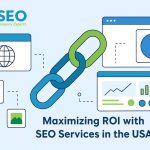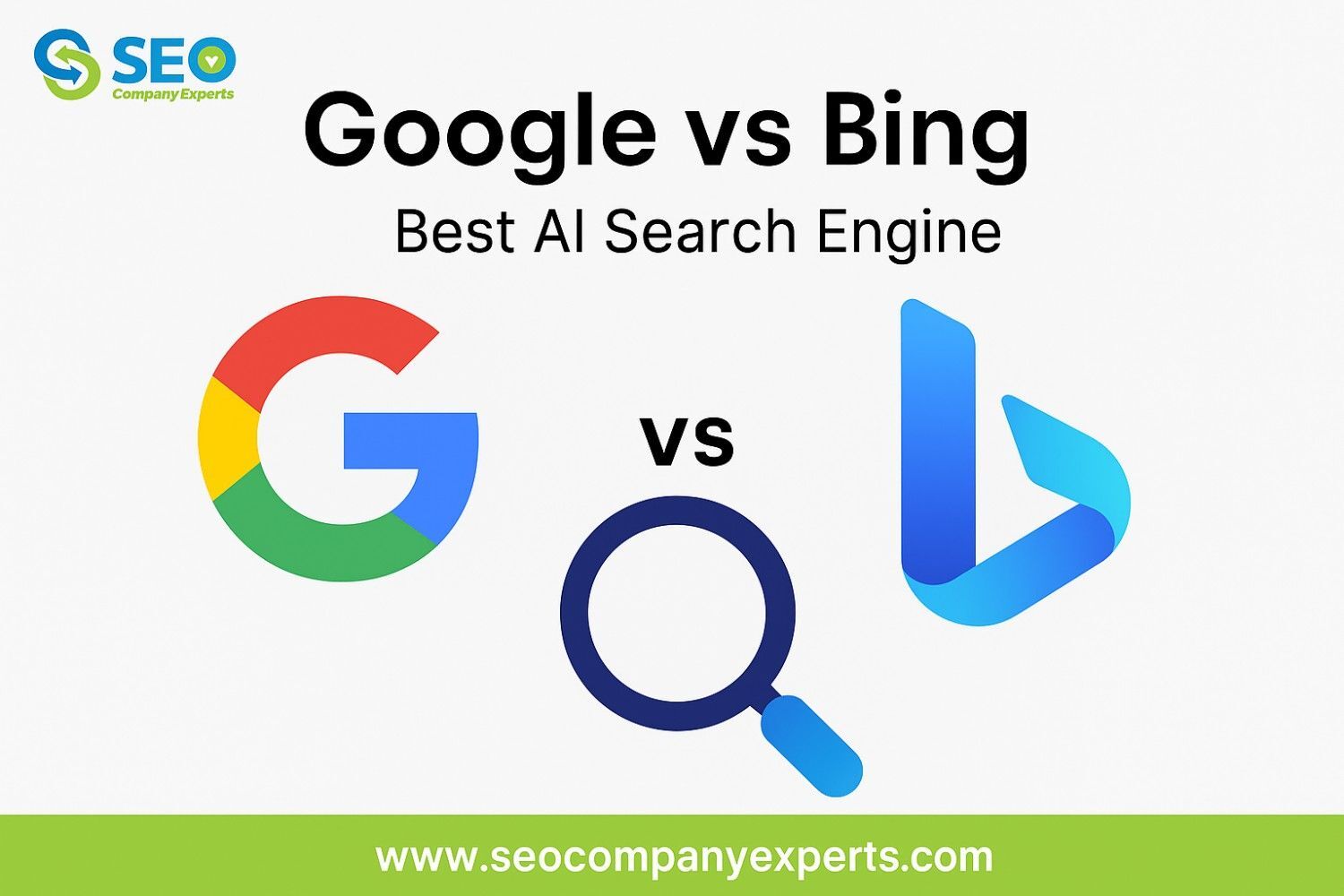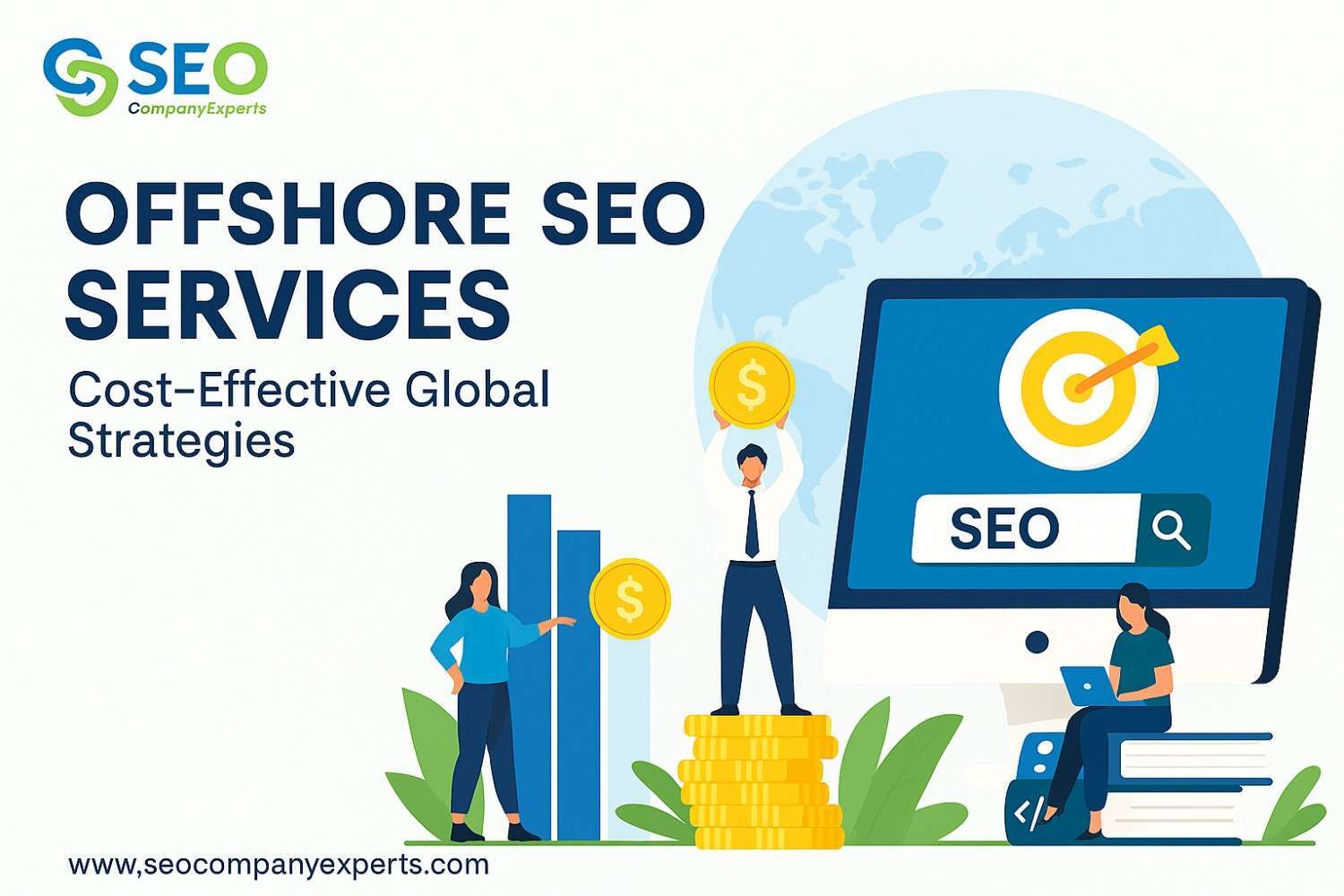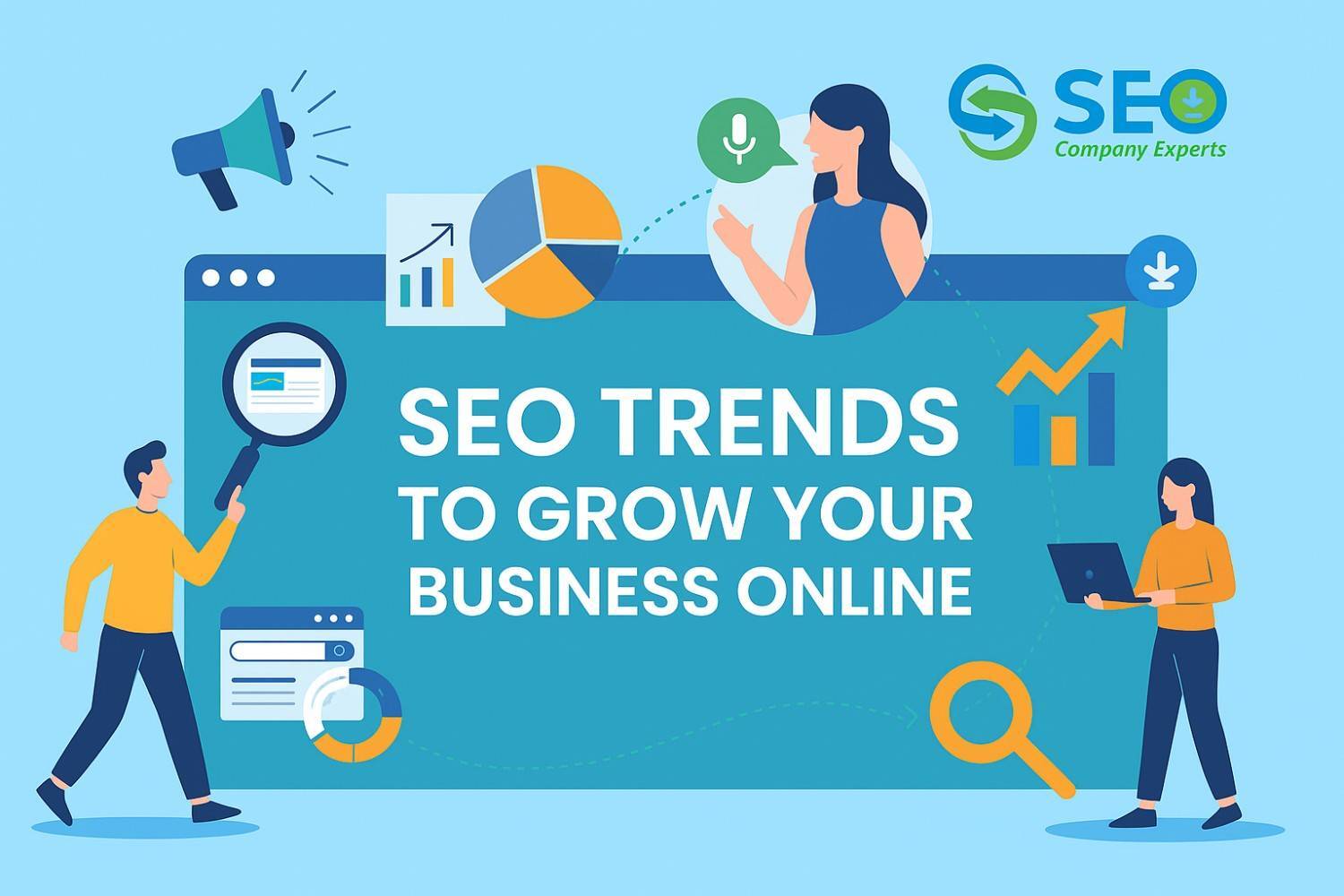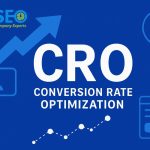
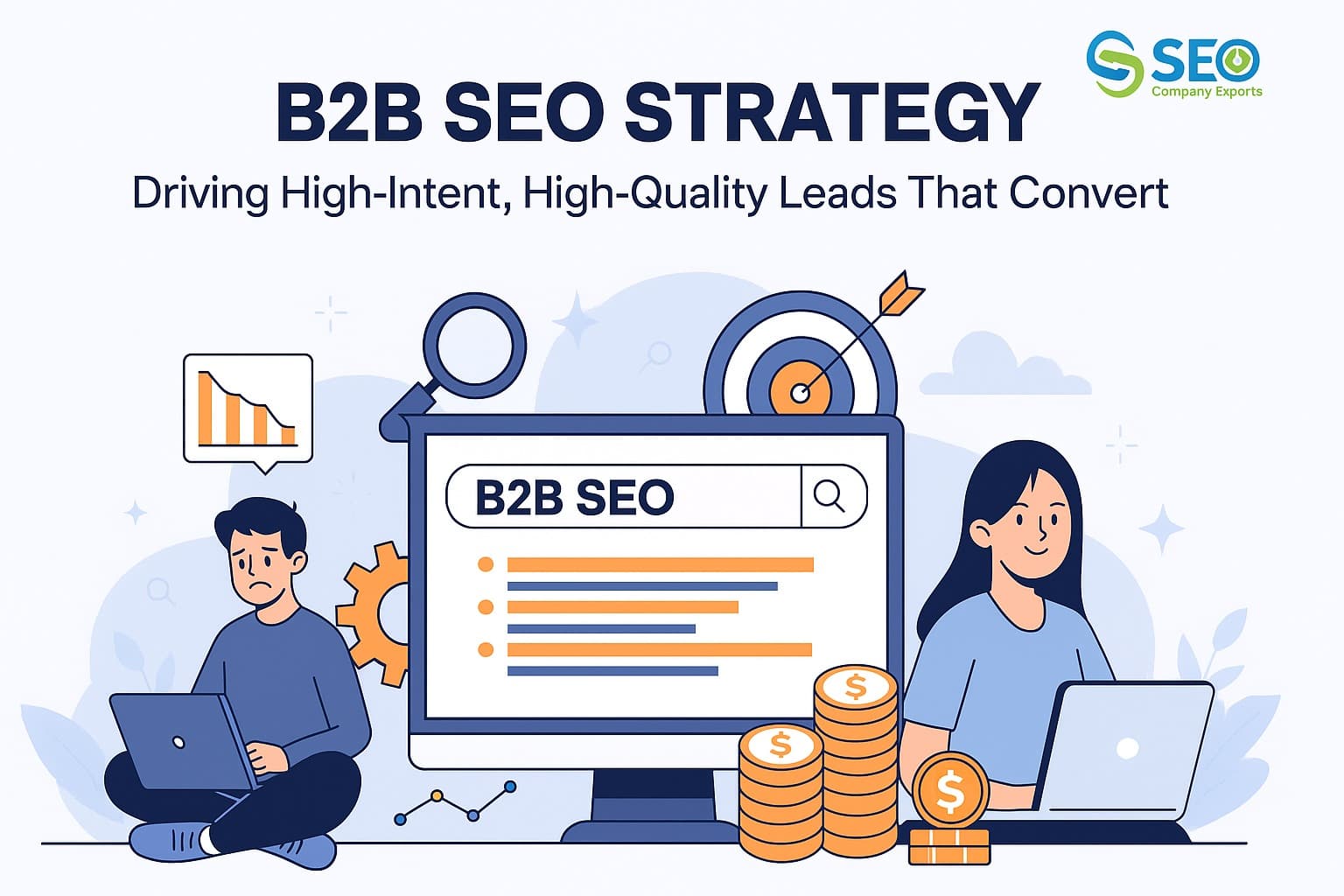
Why B2B SEO Strategy is Critical for Sustainable Lead Generation
In today’s digital-first landscape, a B2B SEO strategy is more than a marketing tactic—it’s the backbone of sustainable, scalable lead generation. As businesses increasingly rely on search engines to find solutions, vendors, and partners, your visibility in organic search directly impacts your ability to attract and convert high-value clients. Unlike paid advertising, which stops delivering results as soon as you pause your budget, SEO continues to drive traffic and leads over the long term. This makes it a cost-effective and reliable channel for B2B organizations aiming to fill their sales pipeline with high-quality B2B leads.
A strategic approach to B2B SEO ensures your brand is present at every stage of the buyer’s journey, from initial research to final decision. By optimizing your website, content, and technical foundation, you can consistently reach decision-makers who are actively searching for solutions like yours. This positions your company as an industry authority and trusted resource—key factors in winning complex B2B deals.
What Makes B2B SEO Different from B2C SEO
B2B and B2C SEO may share some foundational best practices, but the differences are significant and directly impact your approach. The B2B sales process is typically more intricate, involving numerous stakeholders, longer decision-making timelines, and higher-value transactions. As a result, your SEO strategy must address the unique needs and behaviors of business buyers.
- Complex Decision-Making: B2B purchases involve multiple stakeholders, longer cycles, and higher value.
- Intent-Driven Searches: B2B buyers use specific, solution-focused queries.
- Content Depth: B2B audiences expect in-depth, authoritative content that addresses their unique pain points.
Understanding these distinctions is crucial for developing an SEO strategy that not only drives traffic but also generates leads that are more likely to convert into long-term customers.
Understanding the B2B Buyer Journey
The B2B buyer journey is a multi-stage process that can span weeks or even months. Unlike impulsive consumer purchases, B2B buyers conduct extensive research, compare multiple vendors, and seek validation from peers and industry experts. Mapping your SEO efforts to this journey ensures you provide the right information at the right time, nurturing prospects from awareness to consideration to decision.
- Awareness: At this stage, buyers are identifying problems and seeking information. Your content should educate and inform, positioning your brand as a helpful resource.
- Consideration: Here, buyers evaluate different solutions and vendors. Detailed guides, comparison pages, and case studies help differentiate your offerings.
- Decision: Buyers are ready to engage, request demos, or make a purchase. Strong calls-to-action and trust signals are essential for conversion.
By aligning your SEO strategy with the buyer journey, you can capture leads at every stage and guide them toward a successful partnership with your business.
The Role of SEO in Long Sales Cycles
B2B sales cycles are known for their length and complexity. Prospects may interact with your brand multiple times before making a decision, and each touchpoint is an opportunity to build trust and demonstrate value. SEO plays a pivotal role in this process by ensuring your content is discoverable whenever and wherever buyers are searching for solutions.
- Nurturing Prospects: SEO-driven content, such as blog posts, whitepapers, and webinars, keeps your brand top-of-mind throughout the sales cycle.
- Building Authority: Consistently ranking for industry-specific keywords positions your company as a thought leader, increasing buyer confidence.
- Supporting Sales: Optimized landing pages and resource hubs provide sales teams with valuable assets to share with prospects, accelerating the decision-making process.
Investing in SEO is not just about driving traffic—it’s about creating a seamless, supportive experience that moves prospects closer to conversion, no matter how long the journey may be.
Building a B2B SEO Strategy That Attracts High-Quality Leads
A high-performing B2B SEO strategy is built on a deep understanding of your audience, their intent, and the specific challenges they face. By tailoring your approach to these factors, you can attract leads that are not only numerous but also highly qualified and ready to engage with your solutions.
Identify Target Audience & Intent
The foundation of effective B2B SEO is knowing exactly who you’re targeting and what they’re searching for. This goes beyond basic demographics; it’s about understanding the roles, goals, and pain points of your ideal customers. By pinpointing their search intent, you can create content that resonates and drives meaningful engagement.
SEO for B2B Businesses: Mapping Content to Buyer Personas
- Job Titles & Roles: Tailor content to decision-makers and influencers.
- Pain Points: Address industry-specific challenges.
- Intent: Create content for every stage—awareness, consideration, decision.
This level of personalization not only improves your SEO performance but also increases the likelihood of converting visitors into leads.
Keyword Research for B2B Lead Generation SEO
Keyword research is the engine that drives B2B lead generation SEO. By identifying the terms and phrases your audience uses at each stage of the buying process, you can ensure your content appears in front of the right people at the right time.
Focus on Transactional & Long-Tail B2B Keywords
- Transactional Keywords: “B2B SEO agency,” “enterprise SEO solutions”
- Long-Tail Keywords: “How to generate B2B leads with SEO,” “best SEO strategies for Enterprise companies”.
- Use tools like SEMrush, Ahrefs, and Google Keyword Planner to uncover valuable keyword opportunities and monitor your competition.
A strategic mix of short-tail and long-tail keywords ensures you capture both broad interest and targeted, high-converting traffic.
On-Page SEO Techniques That Drive Conversions
On-page SEO is about more than just optimizing for search engines—it’s about creating a seamless, persuasive experience for your visitors. Every element, from headlines to calls-to-action, plays a role in guiding users toward conversion.
Optimizing Title Tags, Meta Descriptions & CTAs
- Title Tags & Meta Descriptions: Include primary and secondary keywords naturally.
- Headers (H1, H2, H3): Use structured headings for readability and SEO.
- CTAs: Place clear calls-to-action throughout your content to guide users toward conversion.
By optimizing these elements, you not only improve your rankings but also increase your chances of turning visitors into leads.
B2B Content Marketing for SEO: Crafting Content That Converts
Content is the heart of any successful B2B SEO strategy. High-quality, relevant content attracts visitors, builds trust, and drives conversions by addressing the unique needs of your target audience.
How to Generate B2B Leads Through SEO Content
Effective content marketing starts with a deep understanding of your audience’s challenges and goals. By creating resources that educate, inform, and solve real problems, you position your brand as a valuable partner in their journey.
- Educational guides and how-tos attract top-of-funnel visitors seeking solutions.
- Solution pages and case studies help middle- and bottom-funnel prospects evaluate your offerings.
A consistent, value-driven content strategy is key to generating a steady stream of high-quality B2B leads.
Blog, Case Studies, and Whitepapers That Drive Traffic
Different content formats serve different purposes in your SEO and lead generation efforts.
- Blogs: Target long-tail and informational keywords.
- Case Studies: Showcase real-world results to build trust.
- Whitepapers: Offer in-depth insights in exchange for lead information.
A diverse content mix ensures you engage leads at every stage of the funnel and provide the information they need to move forward.
Using Thought Leadership for High Quality B2B Leads SEO
Establishing your brand as a thought leader is essential for attracting and converting high-quality leads. Thought leadership content demonstrates your expertise, builds credibility, and differentiates your company from competitors.
Boosting E-A-T for B2B Organic Lead Generation
- Expertise: Feature knowledgeable authors and subject matter experts in your content.
- Authoritativeness: Reference reputable sources, industry data, and third-party research to support your claims.
- Trustworthiness: Display testimonials, certifications, and privacy policies to reassure visitors of your reliability.
By focusing on E-A-T (Expertise, Authoritativeness, Trustworthiness), you not only improve your search rankings but also increase your chances of converting visitors into loyal customers.
Technical SEO Essentials to Support B2B Growth
Technical SEO is the foundation that supports all your other optimization efforts. Without a solid technical base, even the best content and keyword strategies will struggle to deliver results. Strong technical SEO ensures search engines crawl, index, and rank your site effectively, providing long-term visibility and sustainable growth for B2B businesses.
Site Architecture and Internal Linking for SEO
A well-organized site structure makes it easy for both users and search engines to navigate your website. Logical navigation, clear categories, and strategic internal links ensure your most important pages receive the attention they deserve.
- Internal linking distributes authority and helps search engines discover new content.
- A clear hierarchy improves user experience and reduces bounce rates.
Investing in site architecture and internal linking pays dividends in both rankings and conversions.
Page Speed, Core Web Vitals & Mobile Optimization
User experience is a critical ranking factor, and slow, unresponsive websites drive prospects away. Optimizing speed and mobile usability directly impacts engagement, conversions, and search performance.
- Page Speed: Fast load times reduce bounce rates.
- Core Web Vitals: Focus on Largest Contentful Paint (LCP), First Input Delay (FID), and Cumulative Layout Shift (CLS).
- Mobile Optimization: Ensure your site is responsive and user-friendly on all devices.
Regularly audit your site’s performance, fix broken elements, and address any issues to maintain a competitive edge in the B2B market.
Structured Data and Schema Markup for B2B Pages
Structured data helps search engines better understand your content and can enhance your listings with rich snippets.
- Implement schema markup for products, reviews, and FAQs to increase visibility in search results.
- Enhanced listings improve click-through rates and drive more qualified traffic to your site.
Technical SEO may be behind the scenes, but its impact on your lead generation and conversion rates is significant.
Optimize B2B Funnels with SEO for Maximum Conversion
Optimizing your B2B sales funnel with SEO ensures you’re not just attracting visitors, but guiding them toward conversion at every stage. Strong optimization enhances user experience, improves ROI, and sustains growth.
Aligning TOFU, MOFU, BOFU Pages with User Intent
Each stage of the funnel requires a different approach to content and optimization.
- TOFU (Top of Funnel): Focus on educational content that addresses broad industry challenges and attracts new visitors.
- MOFU (Middle of Funnel): Provide solution comparisons, case studies, and in-depth guides to help prospects evaluate their options.
- BOFU (Bottom of Funnel): Use product demos, pricing pages, and contact forms to convert high-intent leads into customers.
By aligning your content with user intent, you maximize your chances of moving prospects through the funnel efficiently and closing more deals.
Using SEO Metrics for B2B Conversion Optimization
Continuous improvement is essential for maximizing your SEO ROI. Regularly monitor key metrics to identify opportunities and challenges. Use this data-driven insight to refine campaigns, improve targeting, and enhance long-term conversions.
Track Bounce Rate, Time on Page, and Goal Completion
- Bounce Rate: Indicates engagement quality.
- Time on Page: Reveals content relevance.
- Goal Completion: Tracks conversions like form fills and downloads.
Analyzing these metrics helps you refine your strategy, remove weak points, and focus on the tactics that consistently drive measurable results.
Integrating SEO with CRM and Lead Nurturing Tools
SEO doesn’t operate in a vacuum. Integrate your website with CRM and marketing automation platforms to track leads from first touch to closed deal.
- Use lead scoring and segmentation to personalize follow-up.
- Automate nurturing campaigns to keep prospects engaged until they’re ready to buy.
This holistic approach ensures you get the most value from every lead, improves pipeline efficiency, and strengthens long-term client relationships.
Common Mistakes in B2B SEO (And How to Fix Them)
Many B2B companies fail at SEO by ignoring search intent, skipping conversion tracking, or neglecting mobile UX. Learn how to fix these common mistakes and build a strategy that drives qualified leads and measurable results.
Ignoring Search Intent
Focusing solely on high-volume keywords without considering user intent leads to irrelevant traffic and low conversion rates. Always prioritize keywords and content that align with what your audience is actually searching for at each stage of the funnel.
Lack of Conversion Tracking
Without proper tracking, it’s impossible to measure the true impact of your SEO efforts. Set up goals in Google Analytics, integrate your CRM, and regularly review your data to ensure you’re optimizing for the metrics that matter most.
Poor Mobile UX or Technical Setup
A slow, unresponsive website can undo all your hard work. Regularly audit your site for technical issues, prioritize mobile optimization, and ensure a seamless experience for every visitor.
Conslusion
Achieving and maintaining SEO success in the B2B space demands consistent effort, adaptability, and a commitment to continuous improvement. As the digital landscape evolves, staying ahead requires a proactive, data-driven approach. Regular SEO audits are essential to uncover technical issues, address content gaps, and identify new opportunities, while continuous optimization based on analytics and industry trends helps maintain a competitive edge. Collaborating with a specialized B2B SEO agency can further enhance your efforts by providing expert guidance, advanced tools, and efficient execution—ultimately accelerating results, maximizing ROI, and allowing your internal team to stay focused on core business priorities.

